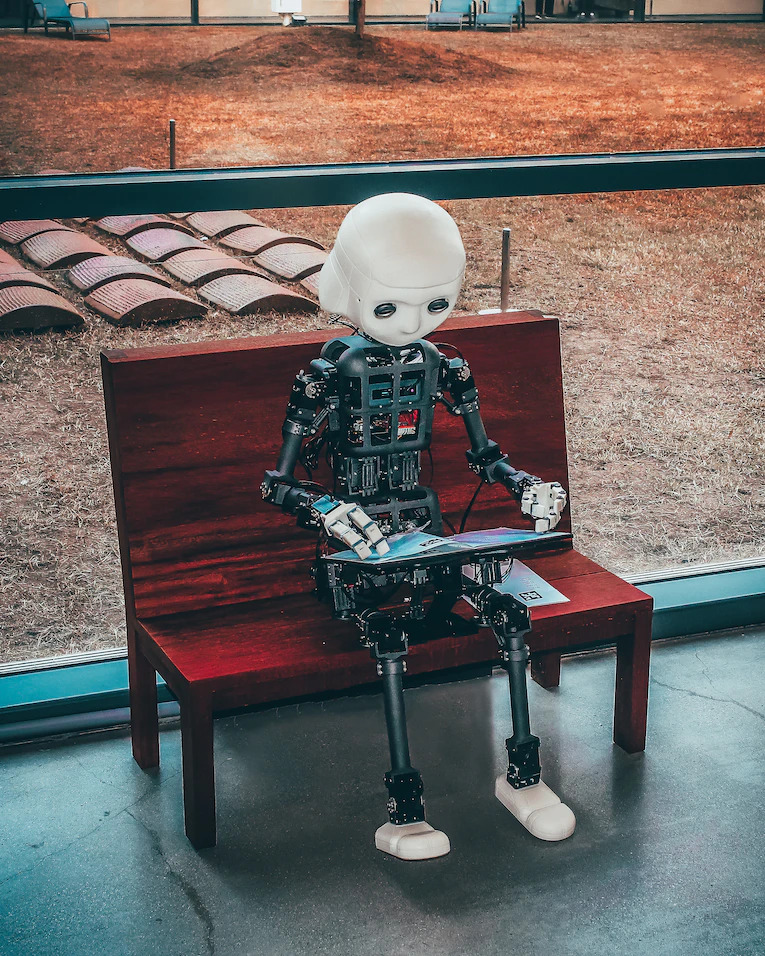Unveiling the Future: Quantum Leaps in Humanoid Robotics
Humanoid robotics has long fascinated scientists, engineers, and the public alike, symbolizing the convergence of technology and imagination. What was once a fixture of science fiction is quickly becoming a tangible reality. Recent advancements in artificial intelligence, materials science, and biomechanical engineering have sparked quantum leaps in humanoid robotics, reshaping industries and redefining human-machine interaction.
From Mechanical Dolls to Sentient Assistants
The evolution of humanoid robots has been extraordinary. Early attempts, such as automatons in the 18th century, were purely mechanical and lacked intelligence. Today’s humanoid robots are equipped with advanced sensors, AI-powered learning capabilities, and real-time processing systems that allow them to perceive, reason, and respond dynamically to their environment.
Companies like Boston Dynamics, Tesla, and Sanctuary AI are at the forefront of this revolution. Their robots are no longer confined to labs or novelty showcases—they are being tested in warehouses, hospitals, homes, and even space missions. The shift from rigid programming to adaptive intelligence marks a critical leap forward.
AI and Machine Learning at the Core
Artificial intelligence is the beating heart of modern humanoid robotics. Using deep learning and neural networks, robots can now recognize faces, interpret speech, detect emotions, and make decisions based on contextual information. These capabilities allow robots to perform tasks that were once deemed exclusively human.
Natural language processing (NLP) enables smoother interactions with people, while reinforcement learning helps robots refine behaviors through trial and error. The integration of AI also means robots can learn from each other or from shared cloud databases, creating a feedback loop of rapid improvement.
Breakthroughs in Human-Like Movement
One of the most striking developments in humanoid robotics is the enhanced realism of movement. Innovations in actuation and materials have allowed robots to walk, run, lift, and even dance with remarkable fluidity. New actuators mimic the contraction of human muscles, while lightweight exoskeletons improve mobility and stability.
Biomechanics research has also contributed to balancing mechanisms that allow robots to navigate uneven terrain and recover from falls. These improvements are critical for real-world applications where robots must operate in unpredictable or complex environments.
Applications Across Industries
Humanoid robots are increasingly being deployed across various sectors, transforming the way tasks are approached and executed. In healthcare, robots assist in elderly care by monitoring vitals, providing companionship, and aiding with mobility. In manufacturing, they collaborate with human workers in assembly lines, offering precision and endurance without fatigue.
Retail and hospitality are experimenting with robots for customer service, guiding visitors, managing inventory, and providing multilingual assistance. Even education is being reimagined with humanoid robots serving as tutors or classroom aides, adapting content to students’ learning styles.
Challenges on the Road Ahead
Despite remarkable progress, several hurdles remain. One major challenge is energy efficiency—current humanoid robots consume large amounts of power, limiting their operating time. Battery technology and energy management systems must improve to make long-term deployment viable.
Another critical concern is safety. Robots operating in close proximity to humans must be reliable, responsive, and equipped with fail-safes to prevent accidents. Emotional intelligence also remains an evolving field; while robots can recognize expressions, understanding human subtleties and social norms is still in development.
Ethical and Social Implications
The rise of humanoid robots raises profound ethical and societal questions. Will robots displace human workers? How do we ensure privacy when robots gather personal data? Should humanoid robots have rights or personhood in certain contexts?
Addressing these questions requires thoughtful regulation, interdisciplinary collaboration, and public dialogue. As robots become more lifelike and autonomous, establishing guidelines for their use, limitations, and interaction with society will be essential to ensure trust and harmony.
The Rise of General-Purpose Humanoids
One of the most ambitious goals in robotics is creating general-purpose humanoid robots capable of performing a wide range of tasks with minimal instruction. Tesla’s Optimus and Figure AI’s humanoids aim to be the “iPhones of robotics,” offering a universal platform that can be trained for multiple roles across sectors.
These robots are envisioned to operate in factories by day and help at home by night—an all-purpose assistant that blurs the lines between tool and co-worker. The potential economic impact is immense, with analysts predicting a new era of automation that could rival the industrial revolution in scale and scope.
Human-Robot Collaboration and Coexistence
Rather than replacing humans, the most promising future involves collaboration. Cobots (collaborative robots) are already proving that human-robot teams can outperform either alone. With intuitive interfaces and safe design, humanoid robots can complement human strengths while compensating for limitations.
This synergy extends beyond productivity—it redefines what work means. Humans can focus on creativity, empathy, and critical thinking, while robots handle repetitive, dangerous, or physically demanding tasks. This vision of coexistence is at the heart of the future of robotics.
Conclusion: A New Era Begins
Humanoid robotics is at a pivotal moment. With each quantum leap in technology, we move closer to a world where intelligent machines are woven into the fabric of daily life. These robots have the potential to revolutionize industries, enhance quality of life, and unlock human potential in ways previously unimaginable.
As we unveil this future, the key will be to align technological advancement with ethical foresight, ensuring that these marvels of innovation serve humanity's best interests. The age of humanoid robotics is no longer a distant dream—it’s arriving faster than we think.
